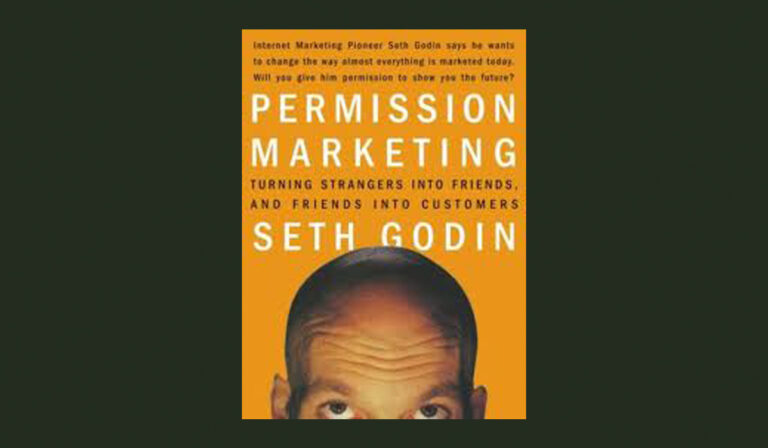Can You Really Rise up by Sinking Down to 2nd Tier Content?
One of the most interesting and rewarding things about online marketing is that you can never really be sure about the kind of feedback you’re going to generate from a given piece of content. I’d been reminded of that twice recently, and it has led me to an epiphany.
In the first case, a pleasant surprise came in the form of an avalanche of viewership from an article I posted to LinkedIn Pulse titled Is Social Media Turning You Into a Minimum-Wage Employee? Although I’m certainly proud of the article, I can’t say I expected that 47,000+ people would decide to take a peek – and that more than two thousand people would take the time to share and comment on it.
I posted the second article asking publicly whether all those impressions were actually a net positive for me and my company, or if it might be the case that the views essentially amounted to ‘traffic’ with little sales potential.
Responses alternated between suggestions I may be overthinking the issue or looking a gift horse in the mouth. And, a good portion of those respondents shared grumpy cat photos, famous sayings, inspirational quotes, and other people’s pretty pictures to prove their point.
The Real Impact of Second-Tier Content
Did this deluge of quick posts and pop-culture references change my thinking? Absolutely not. If anything, it solidified my position that impressions – and the types of content meant to draw in those impressions – are meaningless at best.
To be clear, I’m talking about what I refer to as second-tier content. These are regurgitated memes, quotes, jokes, and other easily identified forms of content that are meant to be instantly understood but don’t add any real value to a discussion. They aren’t useful or original, and they usually provide little more than a quick chuckle. Caveat here (and kudos) to the many individuals like Mike Allton and David Amerland who add value to memes in the form of quality commentary, information and reference.
You’ve likely seen this kind of content many times, because it’s literally everywhere on the web. And really, that’s the problem. It spreads like wildfire, especially on Facebook, LinkedIn and Google+.
What does it really add, though? And, what are these individuals really accomplishing?
While providing the internet equivalent of smalltalk, I suspect the answer, however, is very close to “nothing.” Much as the people who love and use this type of content might not want to admit it, very, very few people are going to take a decision-related action (such as downloading a white paper or contacting a business for more information) because they giggled at a grumpy cat photo.
I can’t prove this, of course, but I’ve already shared the ROI I’ve been seeing from the articles mentioned above. The article with greater ROI was a piece of content relevant to my audience and to my business; imagine how many conversions I would have attracted with a cat holding up a sign about how much he hated Mondays. Unlikely any at all.
For most marketers, second-tier content doesn’t really have any value beyond the level of smalltalk. There’s a place for that for sure, but the bottom line is that it doesn’t directly impact the bottom line.
Anti-Fun or Pro Results?
At this point, you might be starting to wonder whether I’m against all things fun, interesting, and viral. I’m not. If you see a meme or other piece of content that you really think your contacts would enjoy (and which they haven’t seen a million times already), then by all means feel free to share.
Just don’t do it too often, though, because there’s potential to hurt your credibility and detract from the real message you’re trying to communicate. And more importantly, don’t confuse it with actual marketing, because second-tier content isn’t going to do anything to help you change minds, much less your business.
Whatever your content strategy, remember to be authentic. People will embrace you when you are you.
You may want to check out my book, Findability which includes the 21 New Rules of Content Marketing.







![How to Create Your Buyer Persona [live webinar transcript]](https://kayakwebsites.com/wp-content/uploads/sites/107/2020/09/buyer-personas-iStock-1257975893-768x448.png)
